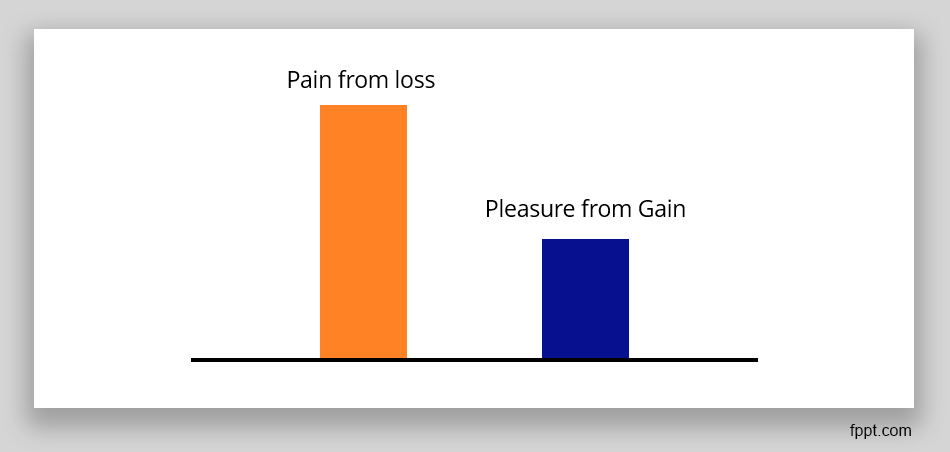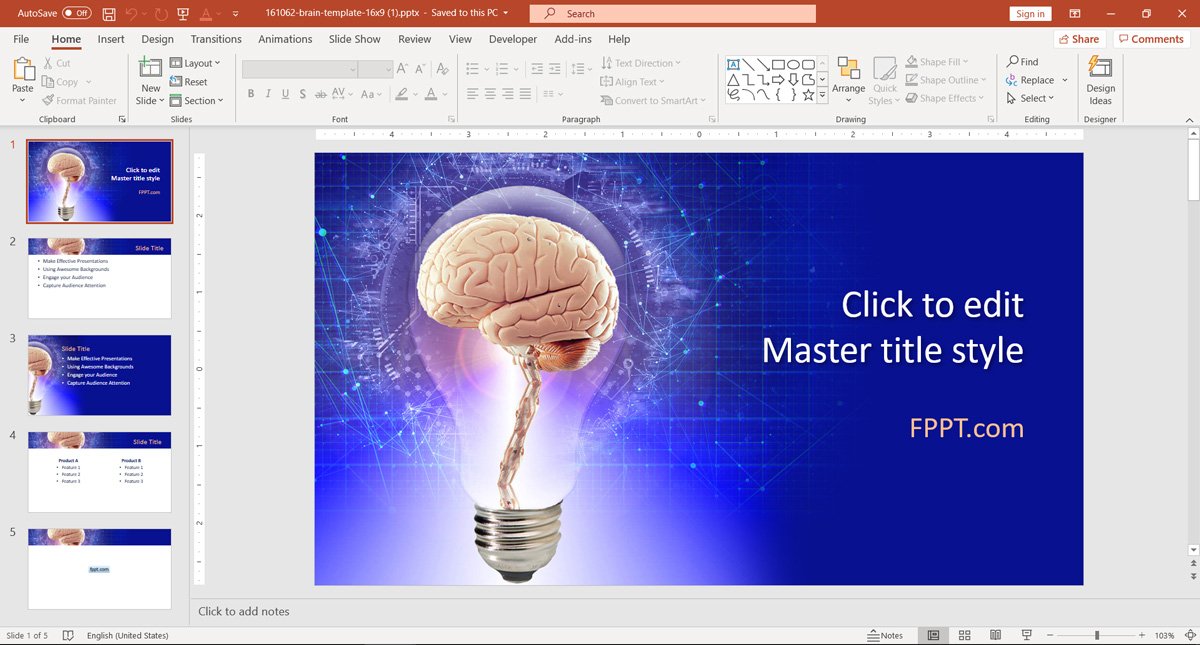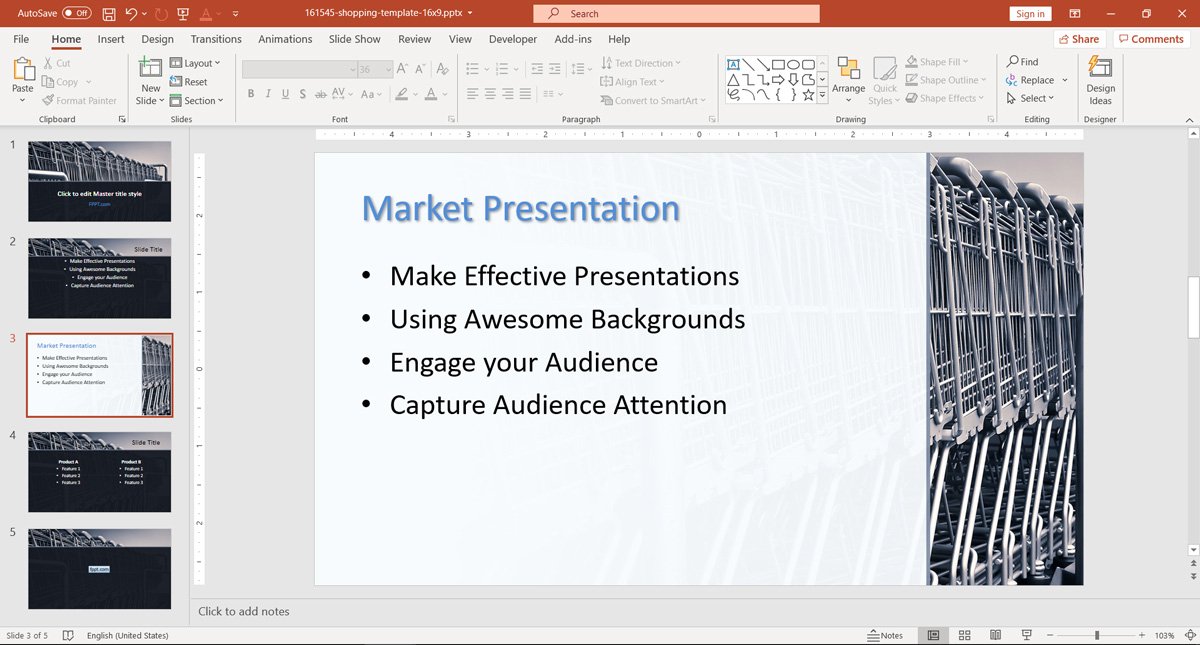Best Behavioral Economics Marketing Strategies and Presentation Ideas
Last updated on April 11th, 2023
Sometimes, the price of a product isn’t as low as perceived by the consumer. However, certain connotations such as using psychological pricing (e.g., $0.99) can shift consumer preference in an irrational way towards a product. Understanding this behavior requires understanding how people think and behave, regardless of what might appear rational. This is best understood from the lens of behavioral economics.

What is Behavioral Economics?
Behavioral economics is the psychology behind economic decision-making processes that affect both individuals and institutions. Behavioral Economics is normative and studies not objective data analysis but what it ought to be. It looks at the effect of emotional, social, cultural, cognitive, and psychological factors which affect economic decision-making.
To understand behavioral economics, you need to consider that people don’t necessarily make rational buying decisions. This is not to say that people are not smart enough to do so but rather they might have limitations. Some people might not be as good as understanding stock investments as others and therefore might go with what they comprehend when making investment choices.
Similarly, some people might have a behavioral bias that might lead to an economic decision, which might be embedded in social, cultural, or cognitive factors. Understanding clearly all aspects of behavioral economics will help option traders to make correct decisions and make a profit from investments.
Behavioral Economics and Marketing Strategies
A lot of consumers’ buying choices can be understood with various concepts associated with behavioral science. One of the widely read books on the topic is titled ‘Thinking, Fast and Slow’ by psychologist and economist Daniel Kahneman. The book covers decades of research by the author regarding cognitive biases, prospect theory, and happiness. The book also covers loss aversion, which is the tendency of people to avoid losses rather than to acquire equivalent gains. For example, a person might prefer not to lose $10 instead of finding $10. Some of the reasons the strategies mentioned below work are due to similar cognitive biases.
In order to better understand the implications of behavioral economics for businesses, let’s take a look at a few marketing strategies which make use of factors which psychologically affect consumers to lure them towards a product.
Psychological Pricing
We have all seen prices where instead of stating something like $3, a business chooses to price an item at $2.99. This positively affects the buyer, luring them into believing that the price is low, although it is merely a cent less than what one might have to pay otherwise. Some brands raise the prices artificially and then present the standard prices as some ‘sale’ or reduced price.
The Power of Free
Let’s assume that a fast food is selling $8 pizza at 50% off at $4. This might not get as many sales as offering a buy 1 get 1 free offer with a price tag of $8. In both cases the consumer spends $8 to get two pizzas, however, the ‘free’ connotation might create a bias towards the second deal.
Decoy Options
Businesses often make use of decoy pricing options to lure customers. If a magazine subscription is $10 online and $20 online and print, people might prefer the first one. But since the magazine might want more people to choose option two, they might introduce a decoy price such as $20 print only. In this case, the second option now might appear more attractive. Furthermore, the magazine might add a line such as limited time offer, making it harder for consumers to understand the actual value of their purchase, even if that so-called limited-time offer almost always seems available.
Irrational Value Assessment
Consumers are often duped into buying something more expensive, although it might be as good as the cheaper version of the product. Research has shown that if people are given the same product with different price tags, they are likely to value the higher price tag more, even though it might be the same product. So, if you invite people to taste five different types of carbonated drinks in five bottles, with there being only three types of drinks in five bottles, it is likely that they will rate the more expensive one higher. Although bottle one and bottle five might have the same drink, with one labeled at $5 and the other at $40, the latter might get better reviews.
Car manufacturer Suzuki in South Asian markets has been accused on duping consumers with higher products for same car models by changing the model name and increasing the price. For many years its second-generation model of Suzuki Alto was sold with higher price tags each year, claiming it’s a new model by changing the name of the year (e.g. Model 2009), while selling the same product at higher prices with little to no upgrades to its model. Moreover, the car had stopped production in other parts of the world around 1988, as better safer models were available, but the car continued to sell until 2019 in some South Asian markets.

Decision Paralysis
Reducing consumer decisions is believed to be a factor that can help drive sales. A few researchers sat with 24 varieties of jam on display in a supermarket, whereas only 6 types were offered in another scenario. It turned out that while more people stopped at the 24 variety display, sales were 10-times less compared to the 6 jar display. This concept is related to Analysis Paralysis, and it is part of the decision-making processes.
Using Behavioral Economics for Business Presentations
Using behavioral economics in your marketing strategies and business presentations can help you make the most out of your slide decks by explaining consumer behavior which might lead to better sales and revenue.
Designing a Pitch Deck
Pitch decks to attract investors need to be not only data driven but also interesting. Reflecting the choices consumers make, no matter how irrational, in the light of behavioral economics can be a great way of getting some investor attention. You can quote researches, case studies and sales trends to back your claims. Moreover, you can also check out these pitch deck ideas to create killer pitch decks.
Explaining Consumer Behavior
Consumer behavior is often irrational and people who have been long engaged in sales and marketing understand this. By pitching your ideas in line with actual consumer behavior instead of ‘rational’ and many times, unrealistic claims can be a better way of making strategies and presenting them with real life examples.

Predicting Market Trends
Market trends can be volatile, often marred by unexpected consumer behavior. Understanding and incorporating behavioral economics in your slide decks can be a good way of looking at consumer trends and predicting what might be the best course of action to capitalize on them.
Recommended template: Free Market PowerPoint template

Final Words
Behavioral Economics helps us understand how consumers behave, even when making irrational or ill-informed choices. For some people, it might be due to their limitations in understanding products or due to social cultural or cognitive factors. For others, it might simply be something psychological. It can be hard to understand that gut feeling that enables an investor to make an investment or that cultural association which might lead to business decisions in line with nationalism. Behavioral economics helps us think of consumers more like how they are instead of making predictions as if we were predicting the behavior of robots. In the end, this can be the decisive factor in determining what works and what might fail for a business when looking to attract customers.
